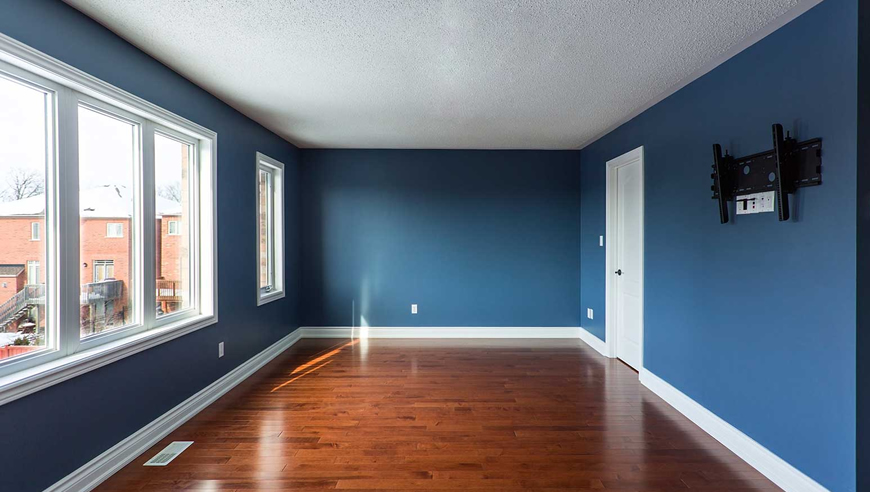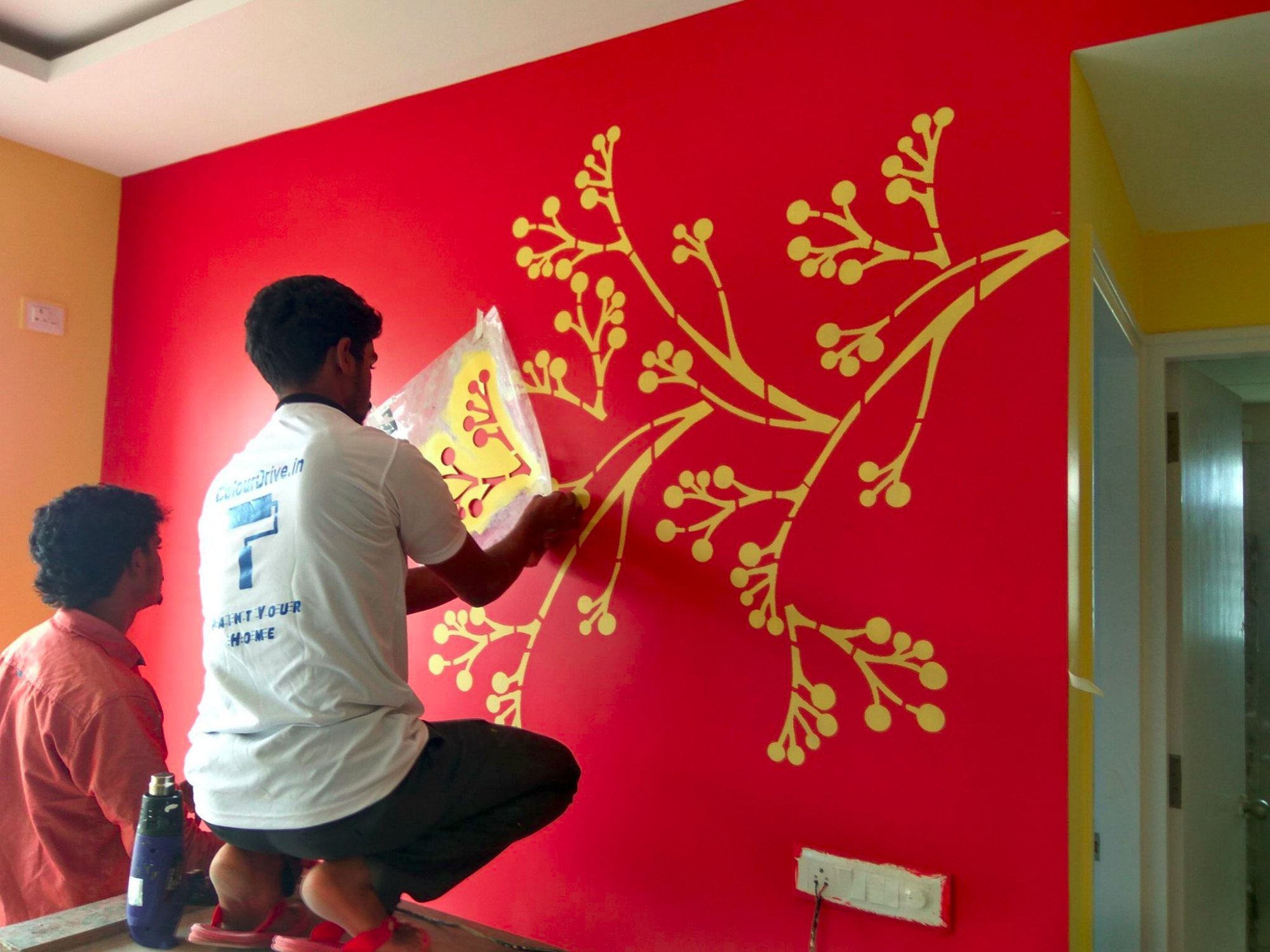Expert Color Consultation in Lakewood for a Stylish and Cohesive Interior Palette
Expert Color Consultation in Lakewood for a Stylish and Cohesive Interior Palette
Blog Article
Enhance Your Interior Design With Comprehensive Shade Consultation
The assimilation of shade consultation right into interior style provides an one-of-a-kind opportunity to improve and boost the psychological and aesthetic resonance of an area. By engaging with an experienced color expert, you can navigate the complexities of shade choice, making certain that your choices not just enhance building features however additionally resonate with personal style and psychological effect. This tactical collaboration can significantly affect the overall ambience of your atmosphere, fostering a sense of harmony and objective. Nonetheless, recognizing the subtleties of this process is important-- what vital elements should be considered to achieve ideal results?
Advantages of Color Assessment

Additionally, shade assessment help in making best use of natural light and maximizing spatial understanding. Lighter colors can make a room show up more expansive, while darker tones develop an intimate setting. Cleveland Metro Painting Specialists. This calculated application of shade can dramatically influence the overall ambiance of any interior area
Additionally, professional specialists possess a comprehensive understanding of classic standards and present fads, making sure that the selected colors will continue to be enticing over time. This foresight can save customers from pricey redesigns in the future. Ultimately, color assessment equips clients by giving them with a clear vision and direction, cultivating self-confidence in their layout selections and inevitably leading to a more successful and rewarding interior decoration result.
Understanding Color Psychology
The importance of shade psychology in indoor style can not be overstated, as it looks into the emotional and mental impacts that different hues can evoke in individuals. Shades can affect mood, behavior, and even productivity, making them an important consideration in any design project.
For example, warm shades such as red, orange, and yellow are typically connected with energy and heat. They can stimulate sensations of exhilaration and comfort, making them suitable for social areas like living spaces or cooking areas. Alternatively, awesome colors like blue, environment-friendly, and purple often tend to evoke peace and peace, making them excellent for rooms or meditation areas.
Furthermore, making use of neutral tones can create a balanced atmosphere by permitting the bolder shades to attract attention without overwhelming the detects. Comprehending these mental influences allows designers to produce areas that not only look cosmetically pleasing however additionally promote emotional wellness.
Including shade psychology right into interior style involves a thoughtful option of colors customized to the designated feature of each space, inevitably improving the total experience for its owners. This understanding is crucial for accomplishing a useful and unified indoor setting.
The Shade Wheel Discussed
Recognizing the partnerships in between colors is essential for reliable interior decoration, and the shade wheel functions as a beneficial device in this procedure. The shade wheel, developed by Isaac Newton in the 17th century, shows the range of shades set up in a try this site round style. It makes up primaries-- red, blue, and yellow-- that can not be developed by blending various other shades. Secondary shades, developed by incorporating primaries, include green, orange, and purple. Tertiary shades result from blending a key and a secondary shade, bring about tones such as green and red-orange.
The color wheel aids developers realize the connections between shades, consisting of corresponding, similar, and triadic schemes. Corresponding colors, located opposite each other on the wheel, create vivid contrasts that can stimulate a room.
Utilizing the shade wheel in interior style not only boosts visual allure yet additionally evokes particular feelings and environments, making it an important reference for shade assessment. Understanding these partnerships ultimately equips designers to produce spaces that are both aesthetically captivating and practical.
Selecting the Right Scheme
A well-chosen shade scheme can unify a room, boost its attributes, and stimulate desired emotions. Various spaces serve diverse features and call for combinations that mirror their desired usage; for circumstances, peaceful colors such as soft blues or greens work well in bedrooms, promoting relaxation.
Next, consider the natural light readily available. Light can substantially modify exactly how colors show up, so it is vital to analyze the room at different times of the day. In addition, consider existing architectural components and home furnishings. An unified scheme must enhance these attributes, developing a natural appearance throughout the room.
When picking colors, utilize the 60-30-10 guideline, which suggests that 60% of the area must be a dominant shade, 30% a second color, and 10% an accent shade. This proportion makes sure equilibrium and visual interest (Cleveland Metro Painting Specialists). Finally, example colors on the walls prior to devoting, as this enables you to see exactly how the colors communicate with each other and the overall ambiance they develop in your indoor layout job.
Collaborating With a Shade Consultant

When dealing with a color specialist, the procedure typically starts with an initial assessment. During this meeting, you'll discuss your vision, choices, and the existing aspects in your space. The specialist will analyze your requirements and might advise details shade combinations that line up with your objectives.
After developing an instructions, the professional will certainly provide examples and aesthetic help to aid you visualize the recommended color design. This step is vital, as colors can show up differently under differing lights problems.
In addition, a color expert can lead you in choosing complementary furnishings, art work, and accessories to harmonize with your picked scheme. By working together very closely, you can accomplish a refined visual that raises your interiors and produces an inviting ambience. Eventually, the proficiency of a shade expert can dramatically improve the overall effect of your layout task.
Final Thought
In summary, extensive color assessment serves as a vital device for enhancing interior style. By leveraging professional expertise of color psychology and spatial characteristics, a customized shade scheme can be developed to evoke specific emotions and develop a harmonious environment.
By engaging with an experienced color specialist, you can browse the complexities of shade selection, making sure that your choices not just complement building features yet likewise resonate with personal style and psychological influence. It comprises primary colors-- red, blue, and yellow-- that can have a peek here not be produced by mixing various other shades.The shade wheel assists designers realize the connections in between shades, consisting of complementary, similar, and triadic systems.When choosing shades, use the 60-30-10 rule, which recommends that 60% of the area need to be a leading color, 30% an additional color, and 10% an accent shade. By leveraging expert knowledge of shade psychology and spatial characteristics, a customized shade scheme can be developed to stimulate details feelings and create an unified atmosphere.
Report this page